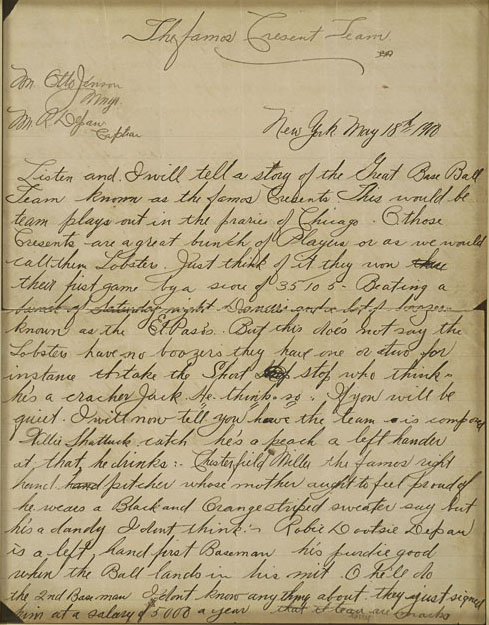
3rd party authenticated p.1
Our opinion with supporting evidence:
Add another into the ever growing pile of reasons why the opinions of 3rd
party authenticators are not accepted or recognized here. Below is an ALS
allegedly signed by former heavyweight champion John L. Sullivan. This item was
found in the archives of a major auction house. The letter is dated May 18th,
1910 and comes with a LOA from two 3rd party authenticating companies giving it,
some would say, "double power". Lets compare
the writing to known John L. Sullivan exemplars from 1910. And to go a few steps
further, lets add the two years prior (1909, 1908) and the two years following
(1911, 1912). Was this even a close miss? Is the novice collector being taken
advantage of here? Final hammer price: $1,669.20
 3rd party authenticated p.1 |
One of the "Sweet Science's" earliest champions, bare knuckles legend John L. Sullivan apparently enjoyed watching others battle it out (in different arenas), as well. That assumption is supported by the content of the offered correspondence. Composed by Sullivan in 1910, this one-page, two-sided letter offers some "knockout" reviews and commentary by the former ring king. Displayed in a 15-1/8" x 27-3/4" frame with beige-colored matting, the letter is visible from both sidesóand is accompanied by a 4" x 6-1/2" vintage photograph of the moustachioed pugilist. Dated "May 18th, 1910," the letter is titled "The Famous Cresent (sic) Team." Specifically, the "Cresents" are a baseball team based in Chicago. For whatever reason(s), Sullivan is a loyal supporter and goes on to boast of the team's prowessóbeginning with a mention of the team's 35-5 drubbing of an "El Paso's" team filled with "boozers." Sullivan then pens praise-filled assessments for battery mates Willie Shattuck ("He's a peach of a left-hander - at that he drinks") and Chesterfield Miller ("the famous right hand pitcher whose mother aught to feel proud of"). Sullivan goes on to offer some rather biting commentary, as well, listing the unnamed third baseman as "fat as the elephant at Lincoln Park" and describing the shortstop as a braggart who "aught to be canned or farmed to some six-year team." In his obvious disapproval for the shortstop's attitude, Sullivan adds that "this kid jumps back about ten feet from the plate every time he strikes at a ball." The letter is written in black ink and concludes with Sullivan's signature and inscription of "Ex Champion of the World." While his grammar and spelling aren't quite perfect, Sullivan's penmanship is, his signature projecting "10" strength. The item displays wonderfully, with legible handwriting throughout. The letter is separated (horizontally) at the center, likely the result of excessive foldingóbut both halves are present and appear uninterrupted in the frame. LOA from Steve Grad & Zach Rullo/PSA DNA and LOA from James Spence Authentication.
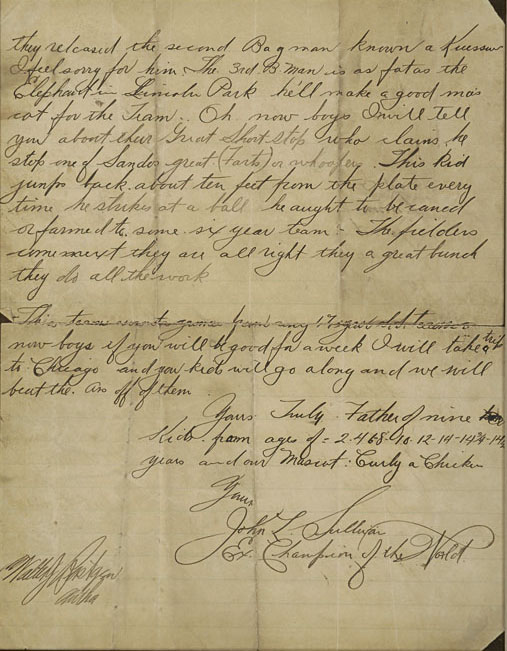 3rd party authenticated p.2 |
|
authentic exemplar 5-31-10 p.1 |
authentic exemplar 5-31-10 p.2 |
| -Is the main objective of 3rd party authenticators
to protect the autograph community or is the main objective to make money? -Are 3rd party authenticators opinions based on an examination and comparison or does the source/seller sway their opinion? When submitting do they ask "where did you get this? -Is the 3rd party authenticator able to provide a reference point in the form of consistent exemplars to assure their customer that they did not knowingly pass a non authentic item for one of their affiliates? (This web site will post any exemplars that the 3rd party authenticator cares to provide) -Will the 3rd party authenticator admit to their mistake, inform their customer and refund their submission fees? Or will they hope it goes unnoticed, sweep it under the rug, protect their image and let a non authentic item make its way around the hobby thus harming the novice collector? -How can a 3rd party authenticate a real signature when they have non authentic exemplars in their files? -How do high-end clientele of these third party authenticating companies get items passed which in no way, shape or form come close to resembling the handwriting of the subject in question? How do dealers and collectors alike get very consistent items failed? By the
way, one of the authenticators was at one time employed by the auction
house. |
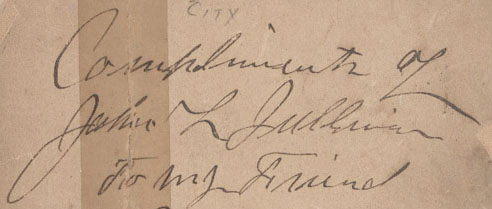 4-16-08 |
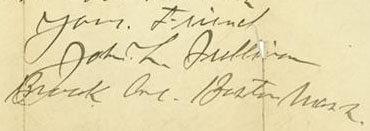 4-29-10 |
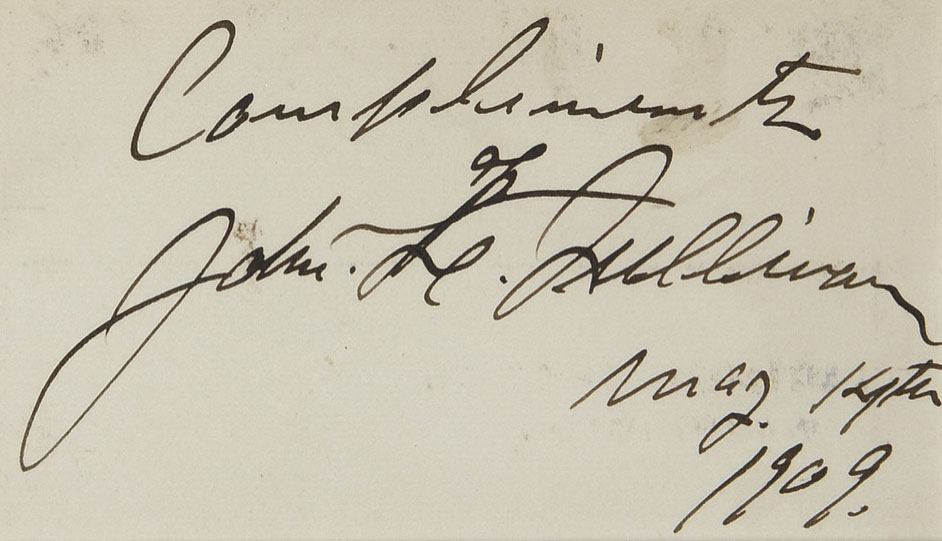 5-14-09 |
|
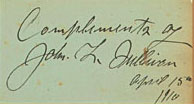 4-15-10 |
|
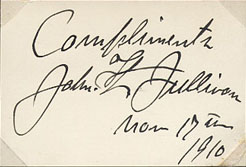 11-17-10 |
|
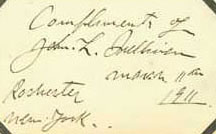 3-11-11 |
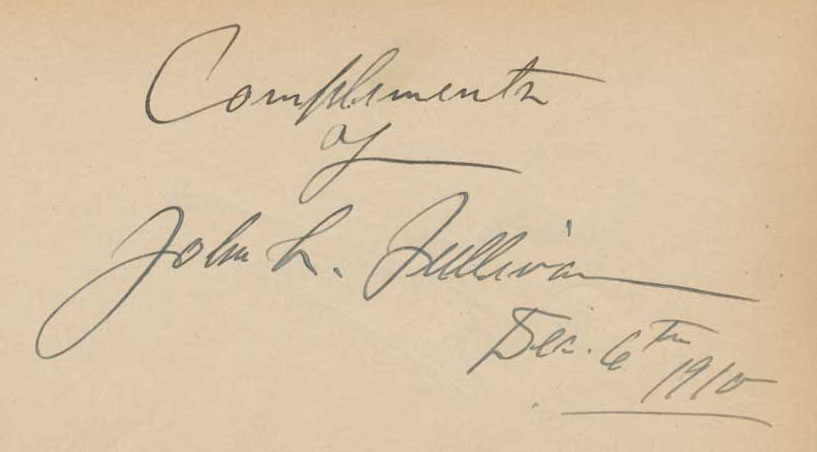 12-6-10 |
 12-27-12 |
| As one friend of the hobby suggests: "It's as if they (novice collector) want to buy the LOA and the autograph just happens to come with it". |